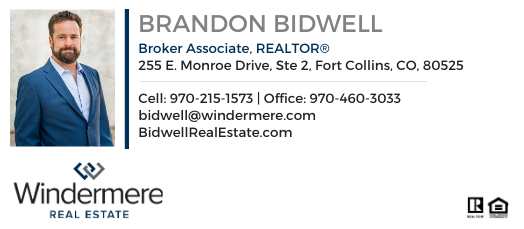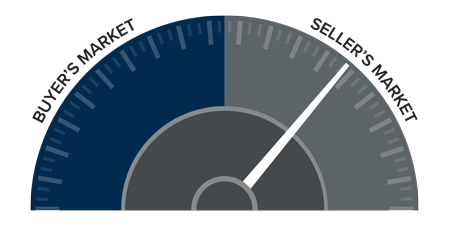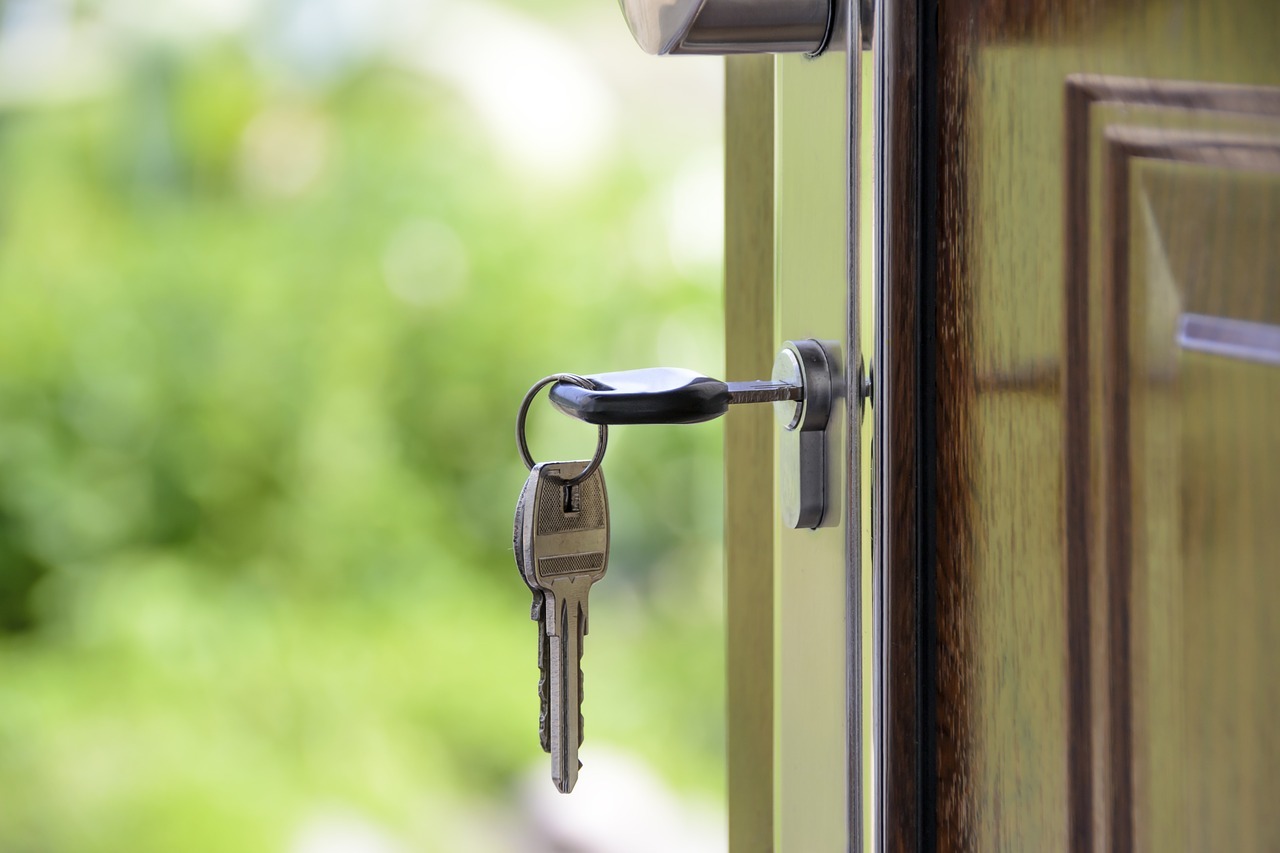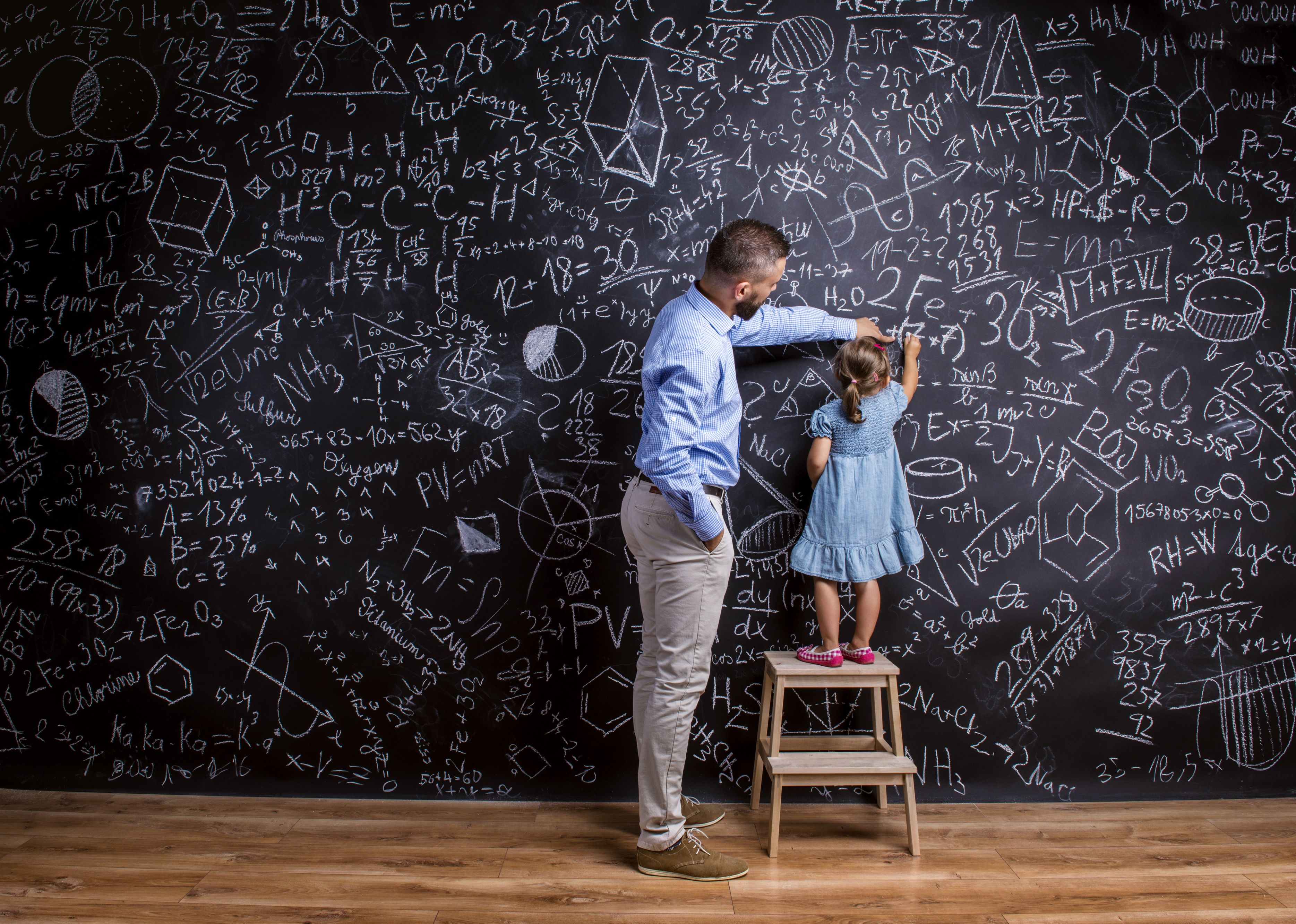Consumer Confidence in Housing Survey
This week Chief Economist, Matthew Gardner, dives into the most recent National Housing Survey results which tell us a lot about consumer confidence both pre- and post-COVID and whether or not they feel this is a good time to buy or sell a home. The results might surprise you.
Housing Numbers needed for CO

It’s interesting to look at what population growth means for housing. On average, along the Front Range, 2.5 people live in each housing unit.
What that means is 4 housing units are needed for every 10 people who live here. So, for every 1000 new people moving to our area, 400 new housing units are required.
The population of Metro Denver is just under 3,000,000 and the population of Northern Colorado is just over 650,000.
Assuming the Front Range grows in population at 2% per year, that means 60,000 new people in Metro Denver and 13,000 new people in Northern Colorado each year.
To house those people, 24,000 new housing units need to be built per year in Metro Denver and 5,200 in Northern Colorado.
Troutman Park Mid-Year Real Estate Review


Now that we’ve made it through a very unique 1st half of 2020 it’s a good time to look back and see how Troutman Park’s Real Estate market has done compared to other recent years. Many felt like property values would decline like so many other investments did through all the Covid-19 adjustments. If you own a home in the Troutman Park area you’ll probably be happy to see that we’ve actually fared quite well though. Here are the numbers:
2020 Q1-Q2 29 homes sold for $11,357,425. They ranged from $325,000-$507,000 at an average of $391,635
2019 Q1-Q2 33 homes sold for $12,724,583. They ranged from $320,000-$477,000 at an average of $385,593
2018 Q1-Q2 24 homes sold for $8,813,900. They ranged from $290,000-$465,000 at an average of $367,245
2017 Q1-Q2 25 homes sold for $8,594,519. They ranged from $257,000-$443,000 at an average of $343,780
2016 Q1-Q2 27 homes sold for $8,645,100. They ranged from $205,000-$436,000 at an average of $320,188
A noteworthy sale from April this year was 731 Benthaven St which set the all time record high for our neighborhood at $507,000! So as you can see the 1st half of 2020 was actually quite impressive for property values here in Troutman Park, especially in light of everything we’ve all gone through recently.
If you have questions about Real Estate I’m always happy to share what I know. I grew up here in Fort Collins, I’ve worked in Real Estate since 2002 and live right here in Troutman Park so feel free to reach out if you ever have questions.

How has the housing market faired through Covid-19?
On this week’s episode Chief Economist, Matthew Gardner, analyzes several aspects of the housing market to see how it has fared over the past 16 weeks amid COVID-19.
Buying With your Pets in Mind!


Image source: Canva
For many of us, pets play a central role in our home life, so taking into account what is best for them when buying a home is important for both their happiness and that of your entire household.
Your neighborhood
When looking for homes that are well suited to both you and your furry companion, consider the area surrounding the home. If your pet is an indoor/outdoor animal, it’s important to examine the hustle and bustle of the neighborhood. If your pet spends time outside, a busy neighborhood could be dangerous, and depending on the level of traffic, he or she may need to be on a leash at all times.
How conducive is the neighborhood for taking your pet on walks? If you frequently walk your pet, look for neighborhoods with sidewalks. If your pet enjoys being off-leash, consider prioritizing homes with green belts, parks, trails, or designated off-leash areas nearby. It’s also a good idea to identify where the local emergency pet centers and veterinarian clinics are to insure there is sufficient medical care for your pet in proximity to where you live.
Your House
- Size: Is the house big enough? Depending on the type of pet, or breed of animal, space may be the most important factor in picking a pet-friendly home. If you are moving into a bigger space than you were in previously, understand your pet will likely take to the additional room differently. On the flip side, if you are downsizing, be mindful of how it might impact your pet.
- Yard: If you have a pet that spends time outside, it’s important to pay particular attention to the yard. Is it large enough? Does it have a secure fence? Is there easy access between the home and the yard?
- Flooring: Pet-friendly flooring can be tough. Surfaces that can be repaired or refinished when scratched are typically the best options for homes with pets. Sealing additional layers will build up the resistance to damage from paws, claws, and general pet wear and tear.
- Carpet: Cats are notorious for clawing and scratching at carpet, and dogs are infamous for bringing the outdoors in with them. Consider carpeting of a lesser quality in the area where your pets spend most of the time, or search for carpets that are stain resistant and easy to clean.
- Stairs: Older pets and multileveled homes are at odds. Consider the age of your pet and how active you expect them to be so that you don’t find yourself in a position where you’re having to carry your pet between floors.
HOA?
When looking at a home, ask whether or not it is a part of a Homeowners Association and what restrictions may apply to the property. For instance, certain HOA developments limit the number and/or type of pets per household.
Most pet owners take the needs of their pets seriously. In fact, in a recent Realtor.com survey, 75 percent of the respondents said they would not accept an otherwise perfect home if it didn’t meet the needs of their pet. When it comes down to it, prioritizing your pet when buying a home not only insures your pet’s well-being, but that of your household, as well.
Setting Up your Home Gym


Image Source: Canva
As the stay-at-home hours add up, setting up a home gym is not only physically beneficial, but can bring some added mental wellness to the new normal many of us find ourselves in. In comparison to a gym membership, even with the up-front investment of purchasing equipment, an at-home gym can deliver savings in the long run. With far-ranging fitness gear options online, there are more ways to save than ever before.
Location, location, location
Before the lunges, pushups, and weightlifting, the first step in setting up your at-home gym is deciding where to build it. You’ll want plenty of room for the activities and workouts you have in mind. Rooms with low ceilings or narrow walls are not well-suited for a gym. They will limit your ability to perform any kinds of jumping exercises or workouts with wide ranging movements. This space is dedicated to physical activity and the environment should support that. If extra space is hard to come by in your home, consider taking your gym outdoors to a patio, multipurpose space, or other less commonly used area.
A space with level, hard flooring, like wood, laminate, or tile, is the best fit for your gym, especially if you plan on establishing a workout plan based around lifting or cardio. Having spatial awareness at all times is important while working out, so you’ll want plenty of light in your home gym. Mirrors are a common fixture in gyms, consider adding one to your wall to analyze your technique.
Gear up
- Strength training: Simple workout tools like kettlebells and dumbbells allow you to perform a variety of workouts without taking up much space. Kettlebells are a great tool for incorporating cardio workouts with added weight. Dumbbells at a lower weight are better for toning exercises, while those at heavier weights are better for low-repetition, bulk exercises.
- Cardio training: Smaller workout tools such as jump ropes, wrist and ankle weights will add intensity to your cardio workouts. Yoga mats provide proper support while performing core exercises or other body weight circuit workouts during your cardio sessions.
- Large equipment: To get the most out of large workout equipment like treadmills, stair climbers, and bikes in your home gym, plan for them to be a significant part of your workouts.
- Additional: Applying a layer of gym flooring will help prevent damage and provide added support. If you prefer music and/or video to accompany your workouts, add speakers and a TV to get the motivational juices flowing.
Establish a routine
Your home gym is no good if it gets no use. With zero commute time to account for, arrange a workout routine that suits your daily schedule. Even if you have 30 minutes, getting into a routine of working out is the key to building up your healthy lifestyle in this new normal of home life.
Once your home gym is set up, it can be either your individual fitness sanctuary or an opportunity to work out with others. Invite a friend to exercise via video chat and schedule times to feel the burn together. With more virtual fitness classes available now than ever, surf the web to find the classes that best fit your schedule and desired workout intensity.
Chief Economist discusses housing affordability

Matthew Gardner discusses housing affordability and how he believes that despite the impact of COVID-19, affordability issues will remain and may actually get worse as we move forward.
Chief Economist’s Housing & Economic Update

On this week’s episode of “Mondays with Matthew”, Matthew Gardner discusses what is needed to motivate more Millennials to buy and the important role they play in the long-term health of the US housing market.
Home Sellers Checklist to Stay Safe while Selling your Home


Staying organized while uprooting your life and moving from one home to another can feel impossible. Not only are you trying to get the best financial return on your investment, but you might also be working on a tight deadline. There’s also the pressure to keep your home clean and organized at all times for prospective buyers. However, one thing you can be sure of when selling your home is that there will be strangers entering your space, so it’s important for you and your agent to take certain safety precautions. Like so many things in life, they can feel more manageable once written down, so we made this handy checklist.
- Go through your medicine cabinets and remove all prescription medications.
- Remove or lock up precious belongings and personal information. You will want to store your jewelry, family heirlooms, and personal/financial information in a secure location to keep them from getting misplaced or stolen.
- Remove family photos. We recommend removing your family photos during the staging process so potential buyers can see themselves living in the home. It’s also a good way to protect your privacy.
- Check your windows and doors for secure closings before and after showings. If someone is looking to get back into your home following a showing or an open house, they will look for weak locks or they might unlock a window or door.
- Consider extra security measures such as an alarm system or other monitoring tools like cameras.
- Don’t show your own home! If someone you don’t know walks up to your home asking for a showing, don’t let them in. You want to have an agent present to show your home at all times. Agents should have screening precautions to keep you and them safe from potential danger.
Talk to your agent about the following safety precautions:
- Do a walk-through with your agent to make sure you have identified everything that needs to be removed or secured, such as medications, belongings, and photos.
- Go over your agent’s screening process:
- Phone screening prior to showing the home
- Process for identifying and qualifying buyers for showings
- Their personal safety during showings and open houses
- Lockboxes to secure your keys for showings should be up to date. Electronic lockboxes actually track who has had access to your home.
- Work with your agent on an open house checklist:
- Do they collect contact information of everyone entering the home?
- Do they work with a partner to ensure their personal safety?
- Go through your home’s entrances and exits and share important household information so your agent can advise how to secure your property while it’s on the market.
Compare Troutman Park Home Valuations Here


Online home valuations can vary quite a bit. When I looked up my homes value online I found estimates that ranged anywhere from $435,836 to $525,442 (that’s an 18% margin). After looking over a market analysis I prepared the fact of the matter is that my home’s worth somewhere around $435,000 to $450,000.
If you’re curious to know what your home might be worth online home valuations are a fair place to start. Here is a resource that you can use to compare some of the most popular home valuation sites side by side and all in one place: https://www.windermere.com/whatsmyhomeworth
There are several variables that online valuation tools have a difficult time calculating however (condition, improvements/updates, proximity to busy streets, views and current available comparable inventory, etc.)
If you want to get more clarity on your home value it’s important to consult a real estate professional that has experience in your neighborhood. I’ve worked hard to develop my expertise in the Troutman Park market by previewing most of the homes for sale here over the last 10 years and then analyzing the terms of their sales. I’m not just a realtor, I’m also a Fort Collins native and resident of our neighborhood that’s dedicated to this community.
I’m always happy to share what I’ve learned so please let me know if I can answer any questions you might have.
All in for Troutman Park!

 Facebook
Facebook
 Twitter
Twitter
 Pinterest
Pinterest
 Copy Link
Copy Link
